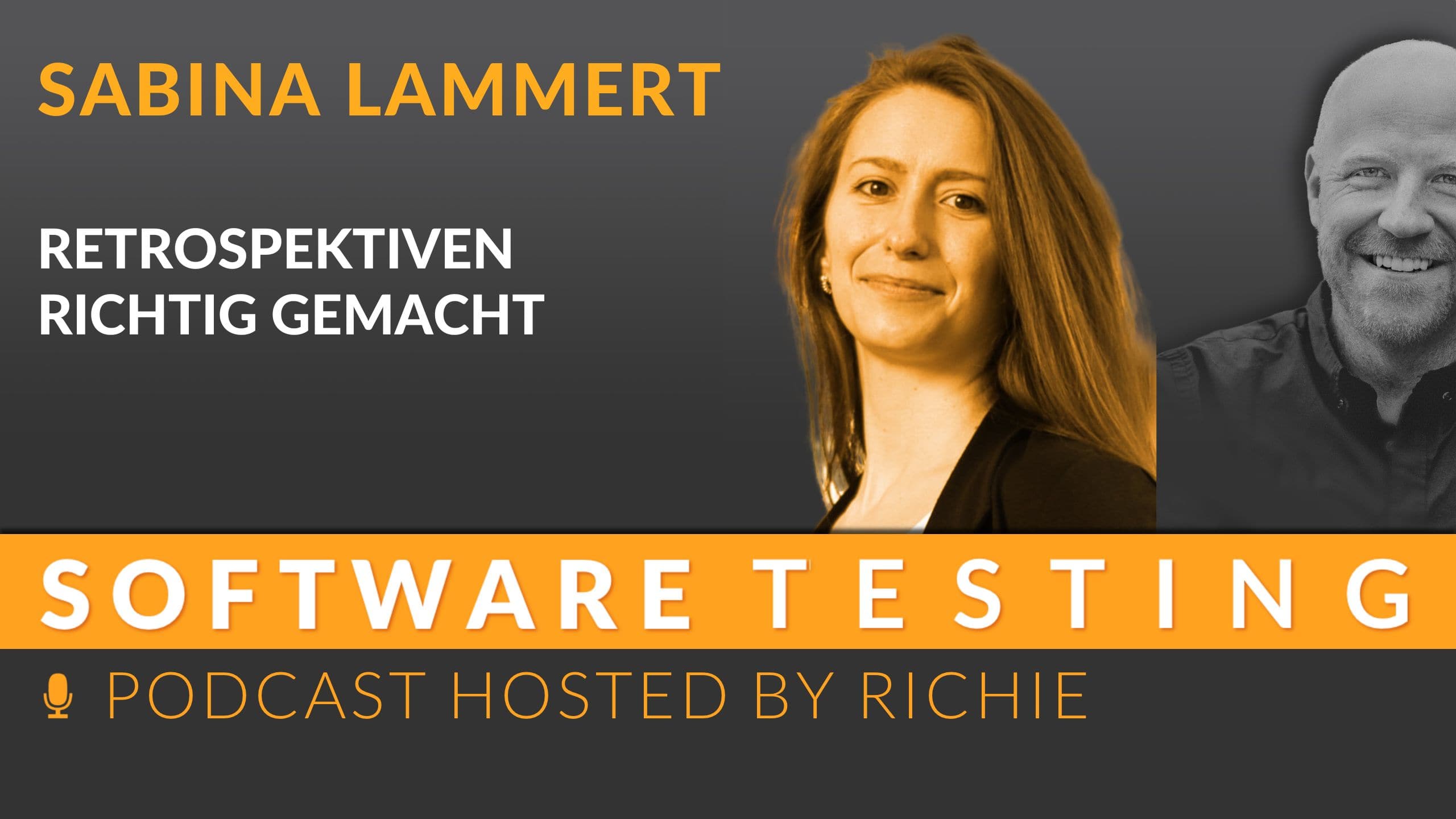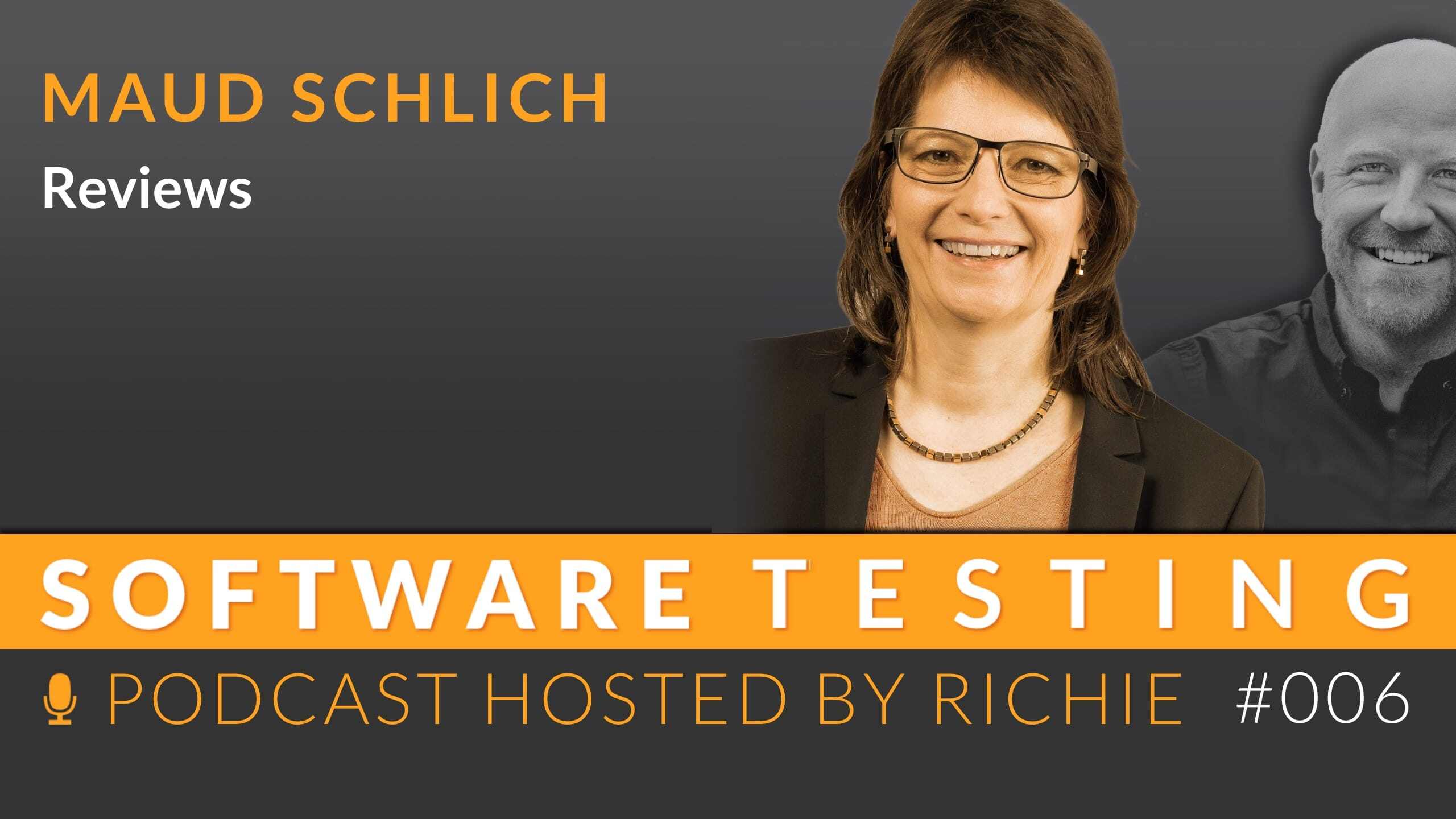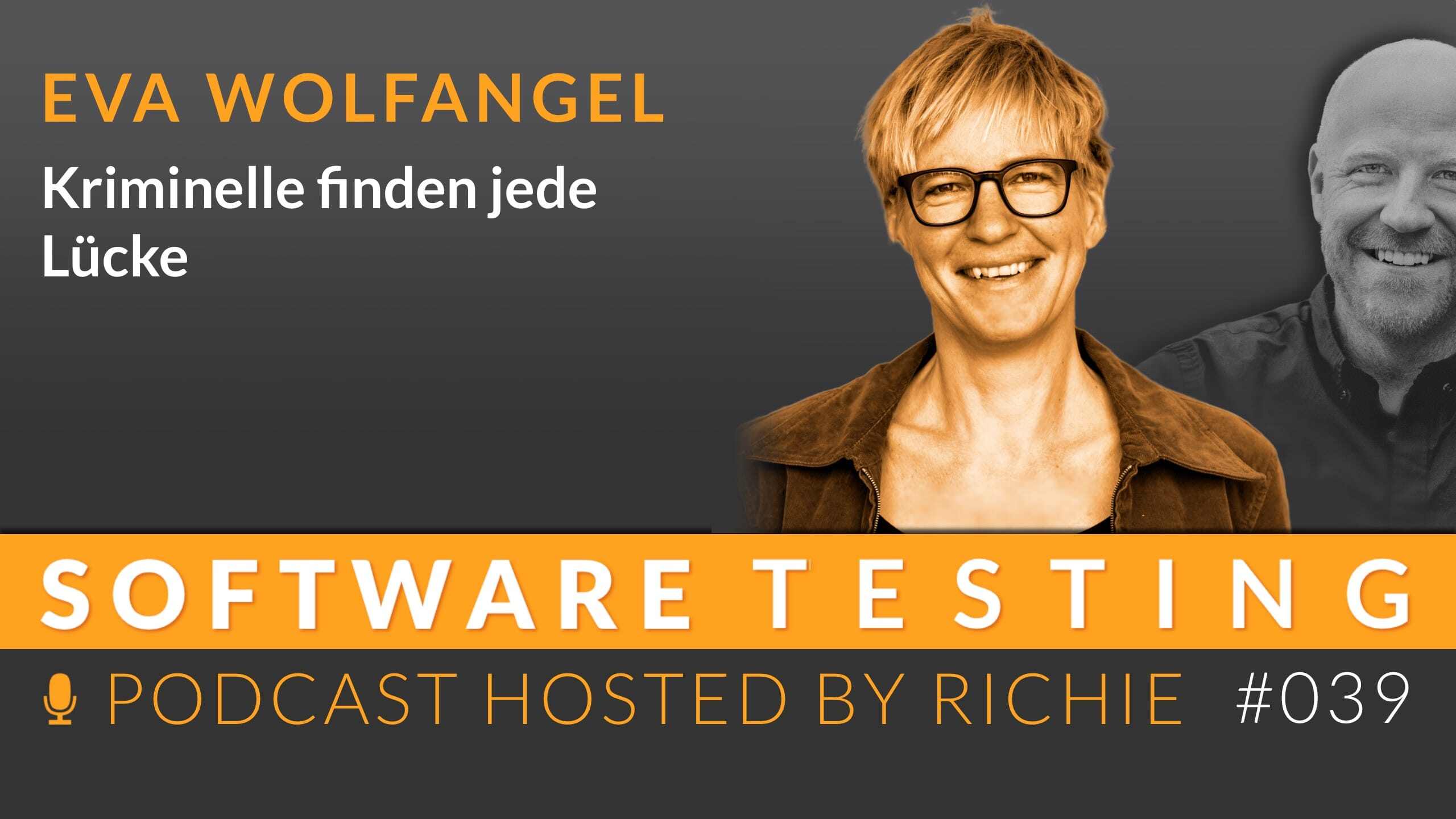Reviews
Podcast Episode: Reviews Maud is an expert in reviews. In this interview, we talk about different review types and reading techniques. Among other...

Retrospectives serve as a central building block for continuous improvement in teams and organizations. They create a safe space in which different perceptions and experiences can be openly shared in order to gain a more complete picture of collaboration. A clear structure, tailored to the objective, timeframe and team dynamics, is crucial to their success. Effectiveness often fails because measures are formulated too broadly or topics are outside the team's own sphere of influence. Retrospectives can unfold their power through targeted focus, varying thematic priorities and consistent follow-up of the results. Reflection is not an end in itself, but can bring about real change - if it is consciously designed.
In this episode, I talk to Sabina Lammert about one of my favorite topics: Retrospectives. I always find them exciting because they are a great lever for change - provided they are conducted correctly. We shed light on what makes a good retrospective, why a safe space of trust is so important and how to move from simply collecting measures to sustainable implementation. I found Sabina's insights into the various phases and the targeted design of these reflection rounds exciting.
"And what is very important is not just in your own head, but that you create a space within a retrospective where different people can share their different perceptions so that an overall picture emerges." - Sabina Lammert
Sabina Lammert's path led her from neuroscience to project management and finally to agile transformation consulting. In her training courses, she conveys the values, principles, methods and practices of the agile working world in a playful and visually appealing way. In doing so, she enables her clients to adapt what they have learned to their individual context and accompanies this implementation process in the form of regular, joint reflections. Her aim is to develop her clients into active designers of their everyday working lives as quickly as possible.
Retrospectives done right are an indispensable tool for reflection and continuous improvement. They enable teams to learn from past collaboration experiences and share diverse perspectives. Retrospectives not only play a central role in agile methods, but are also valuable in non-agile working environments. They help to identify and adapt recurring mistakes - an essential step for sustainable success.
Retrospectives act like a health check for teams and organizations. They ensure adaptability to changing conditions and promote a healthy, learning corporate culture.
The history of retrospectives goes back to pioneers such as the Norman Curve and Larson, who were instrumental in developing this method. These early innovators have given us valuable insights into how to learn from experience and promote continuous improvement in teams.
A key concept that has evolved from this early work is the Prime Directive. This directive plays a crucial role in promoting open communication within teams. It ensures that all team members feel safe to express their thoughts and feelings without fear of judgment or negative consequences.
In addition to the Prime Directive, building trust is essential to the success of retrospectives. The Las Vegas Rule, which states that whatever is said in the retrospective stays in the retrospective, is another important aspect. This rule protects confidentiality and encourages team members to speak honestly about their experiences.
The five phases of a successful retrospective are crucial for an effective process and sustainable improvements in the team:
Retrospectives benefit greatly from structured tools such as the Retrospective Design Canvas. This tool supports you in planning the retrospective in a targeted manner by helping to clearly define the goals, participants, time frame and resources required.
The selection of suitable methods depends largely on the objectives and the team dynamics. Structured formats from tools such as Retromat, which offer a variety of tried-and-tested methods, are suitable for analytical approaches. Creative impulses are encouraged with Liberating Structures, which open up new perspectives through innovative exercises.
Exemplary method sets include
This variety enables you to customize retrospectives and thus implement retrospectives done right.
Retrospectives are a valuable method for learning and continuously improving as a team. However, they can also present some challenges that need to be overcome. In this section, we will address negative caveats, consider the team's Circle of Influence and identify politically relevant stakeholders to support improvement processes.
Frustrations can arise for various reasons. One common cause is the use of overly large or unrealistic action plans. For example, if the team decides to tackle all problems at once in the next sprint planning, this can be overwhelming and affect confidence in the process.
It is important to deal with such negative reservations:
The team's circle of influence refers to those aspects that the team can influence directly. In retrospectives, it is crucial that the team focuses on topics that lie within this circle of influence.
To use the circle of influence effectively:
Sometimes improvement processes also require support from external stakeholders. This is where politically relevant actors come into play - individuals or groups whose approval or support can be crucial to the success of the process.
To identify such political actors:
By actively addressing negative caveats, using our sphere of influence and involving politically relevant actors, we can better overcome challenges in retrospectives and achieve sustainable improvements.
Openness and showing vulnerability are key factors for successful retrospectives. Teams create a safe environment when they are willing to share personal experiences and uncertainties. The Las Vegas rule - what is discussed in the retrospective remains confidential - protects sensitive content and promotes honest communication.
Emotional perspectives are actively integrated into the process in order to resolve conflicts. By consciously adopting different points of view, space is created for understanding and joint approaches to solutions. This not only strengthens the team professionally, but also emotionally.
Conducting retrospectives is only the first step on the path to continuous improvement. In order to actually put the results of these meetings into practice, the measures developed need to be consciously integrated into everyday working life.
Here are some practical tips on how you can successfully integrate the measures defined in the retrospective into your day-to-day work:
Before moving on to the next retrospective, it is important to ensure that the previously defined measures have actually been implemented and are bringing about sustainable change.
Here are some reasons why appraisals before follow-up retrospectives are important:
By taking these points into account and consciously integrating them into your daily work routine as well as carrying out regular appraisals, you can ensure that the results of your retrospectives are sustainable and promote continuous improvement in the team.
To avoid monotonous processes in our retrospectives, it is important that we regularly change the questions and thematic focus. This keeps each retrospective fresh and engaging, which leads to higher participation from team members.
In addition, we can encourage in-depth discussions by focusing on specific topics. By selecting specific topics that are relevant to the team or project, we create space for more in-depth conversations and a better exchange of ideas.
The preparation phase is crucial to understanding the team dynamics and optimally adapting the format of the retrospective. Previous experience with workshops and retrospectives plays a central role here.
This analysis lays the foundation for a targeted and effective retrospective.
Structure & trust form the foundation of every successful retrospective. A clearly structured process creates orientation and security in the team. The Prime Directive and the Las Vegas Rule protect open exchange and promote vulnerability as the key to genuine reflection.
Clarity of measures avoids excessive demands. Realistic steps within the team's sphere of influence keep motivation high and enable visible changes.
Continuous adaptation ensures sustainable development. Retrospectives adapt flexibly to new challenges and team dynamics, thus remaining relevant and effective.
Retrospectives done right are not a rigid ritual, but a living process that strengthens teams and enables continuous learning.

Podcast Episode: Reviews Maud is an expert in reviews. In this interview, we talk about different review types and reading techniques. Among other...

Informal networks play a crucial role in software development and testing. These spontaneous connections help improve team collaboration, trust and...

Podcast Episode: Criminals find every loophole Cyber security is more important today than ever before. Hacker attacks are on the agenda. One example...